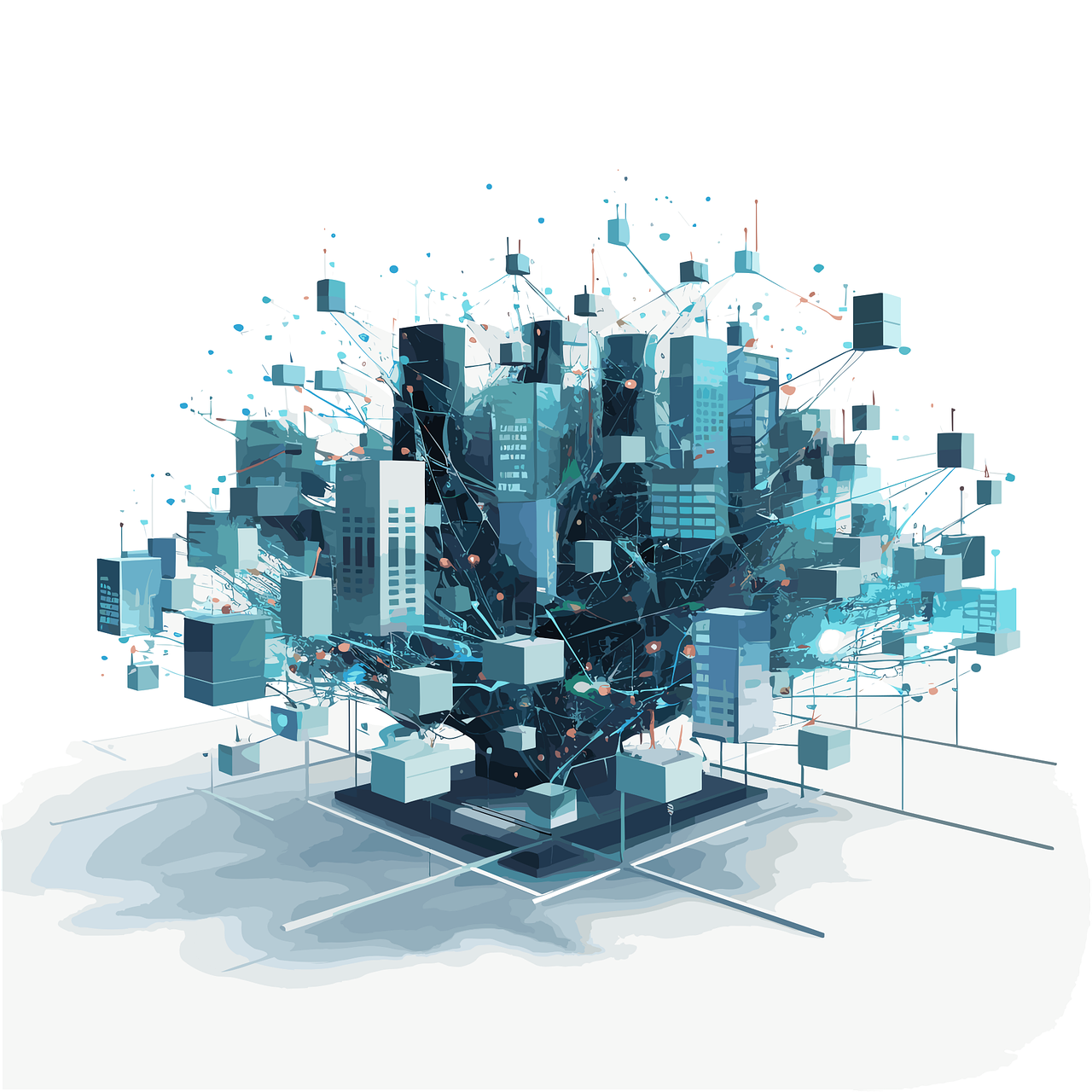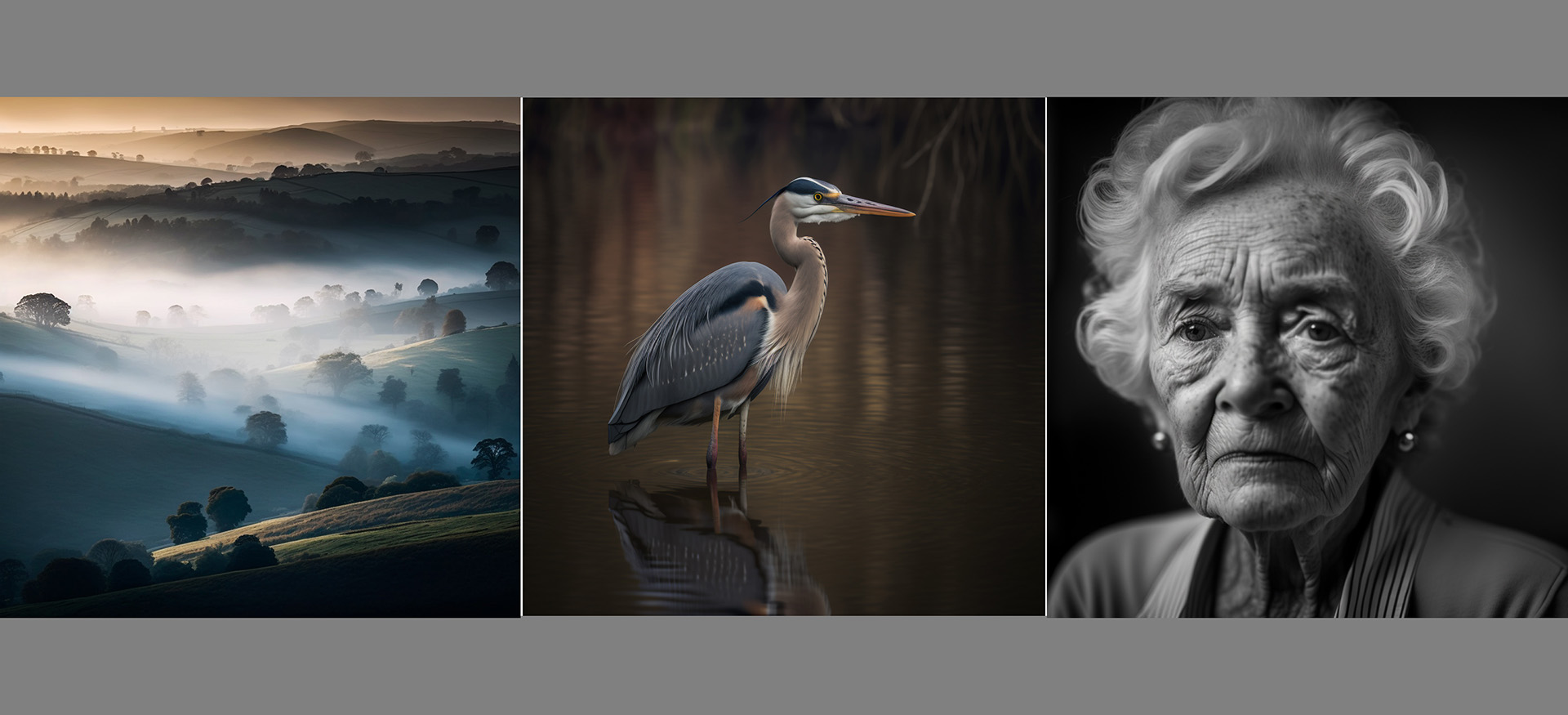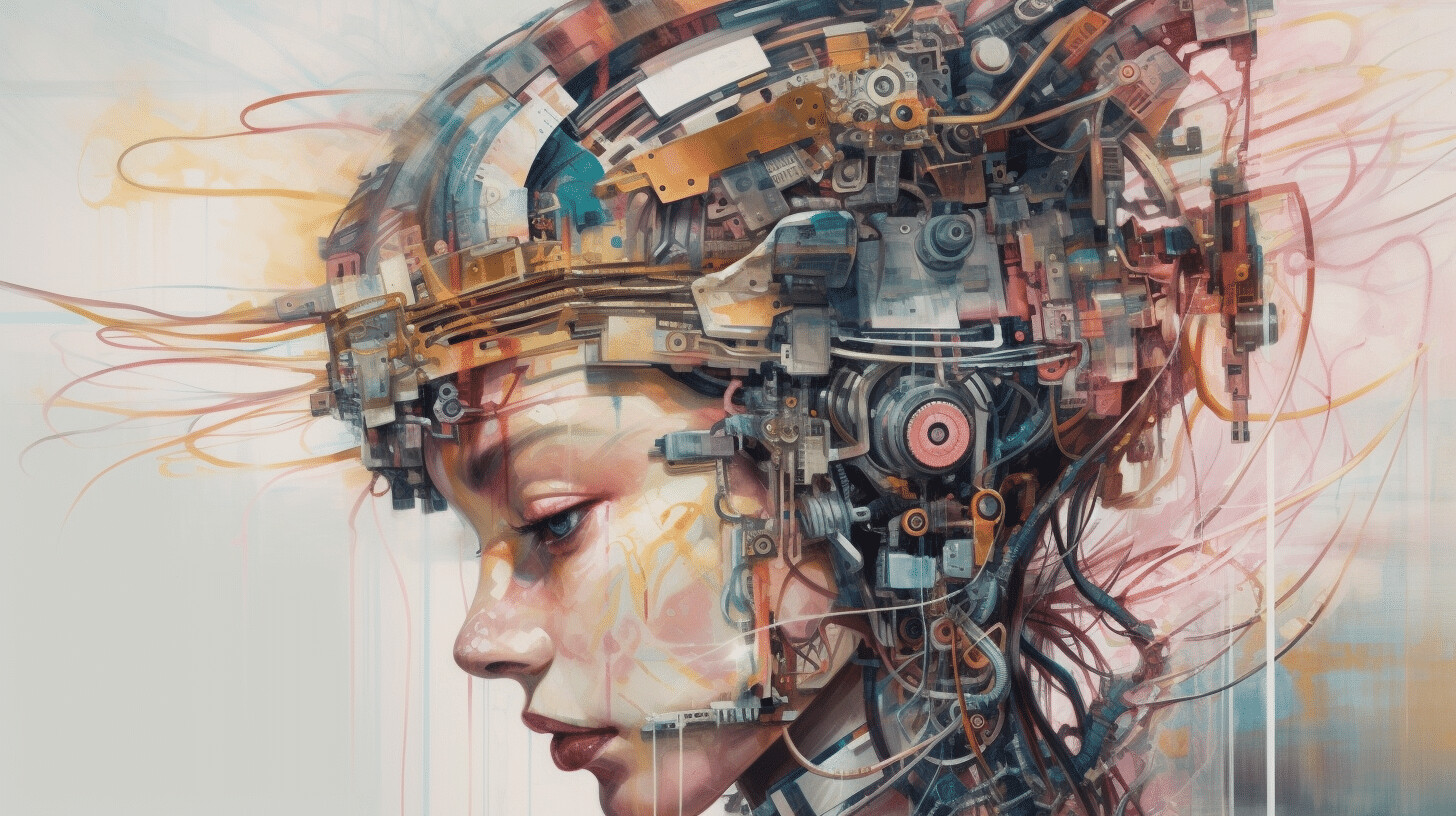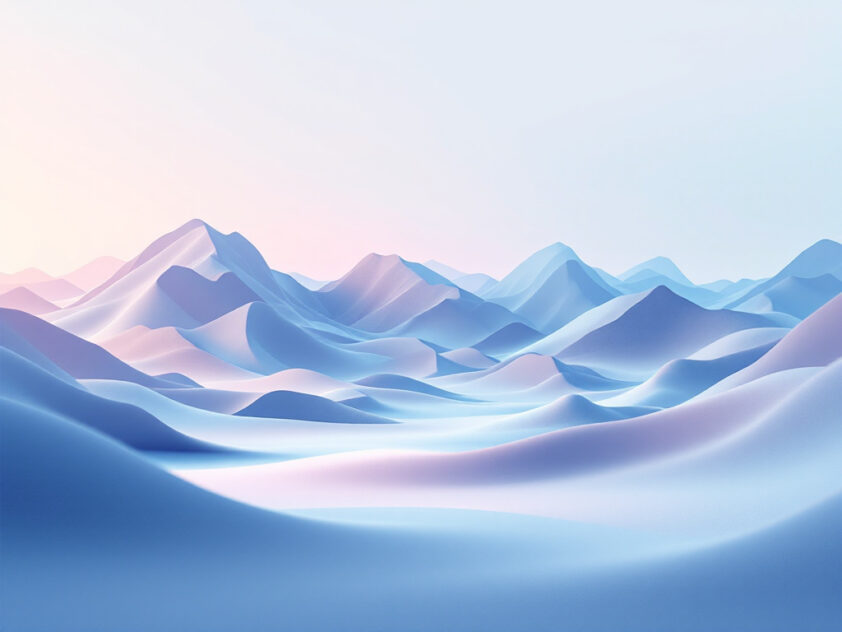AI art generators are transforming the creative landscape, making artistic expression accessible to everyone. These tools use advanced machine learning models to turn simple text prompts into stunning visual masterpieces. Now, both seasoned artists and beginners can bring their imaginations to life with just a few keystrokes.
This article explores the top AI art generators of 2024, delving into their algorithms and diverse applications. Whether you’re a professional designer seeking inspiration or an aspiring creator exploring digital art, we’ll guide you on how to maximize these innovative tools.
Discover how AI is expanding the boundaries of creativity, opening up new possibilities for visual storytelling, and sparking a renaissance in digital art. From understanding the technology to crafting the perfect prompts, we’ll provide everything you need to start creating captivating AI-generated artwork today.
Top AI Art Generators
The world of AI-generated art has exploded with innovative tools that empower creators to bring their imaginations to life. Four platforms stand out: DALL·E 3, Bing Image Creator, Midjourney, and Adobe Firefly. Let’s explore what makes each of these AI powerhouses unique:
DALL·E 3: The Conversational Artist
OpenAI’s latest iteration integrates seamlessly with ChatGPT Plus:
- Unparalleled prompt understanding for natural language requests
- Exceptional detail and nuance in generated images
- Ability to incorporate text directly into images
- Outpainting and inpainting features for advanced editing
While DALL·E 3 excels at interpretation, some users note its outputs can have a somewhat recognizable ‘AI style’.
Bing Image Creator: Free and Powerful
Microsoft’s offering leverages DALL·E 3 technology, making high-quality AI art accessible to all:
- Completely free to use
- Generates four images per prompt
- Accessible through Bing Chat for a conversational experience
- No sign-up required
The trade-off? Lower resolution outputs compared to paid alternatives.
Midjourney: The Photorealism King
Discord-based Midjourney continues to wow users with its stunning, lifelike creations:
- Unmatched photorealistic output quality
- Extensive style customization through parameters
- Vibrant community for inspiration and feedback
- Frequent updates and improvements
The learning curve can be steep, but the results are often worth it for dedicated users.
Adobe Firefly: The Ethical Innovator
Adobe’s AI offering stands out for its commitment to responsible AI and seamless workflow integration:
- Trained on licensed Adobe Stock images, addressing ethical concerns
- Deep integration with Creative Cloud apps like Photoshop
- Specialized features for generative fill and image editing
- Focus on commercial-safe outputs
While powerful, some find Firefly’s ‘stock image’ style less exciting for purely creative projects.
Tested DALL·E 3, Midjourney, and Adobe Firefly on the same prompts. Each shines in different areas:
🎨 DALL·E 3: Best prompt understanding
📸 Midjourney: Most artistic/stylized
🖼️ Adobe Firefly: Most photorealisticThe AI art race is heating up! Which is your go-to?
Comparing the Top AI Art Generators
| Feature | DALL·E 3 | Bing Image Creator | Midjourney | Adobe Firefly |
|---|---|---|---|---|
| Cost | $20/mo (ChatGPT Plus) | Free | $10-$120/mo | Free trial, then paid |
| Standout Feature | Conversational prompts | Accessibility | Photorealism | Creative Cloud integration |
| Learning Curve | Low | Low | High | Medium |
| Best For | Versatile creations | Quick, free projects | High-end visuals | Professional workflows |
The AI art generation landscape is more vibrant and capable than ever in 2024. Whether you’re a casual creator or a professional artist, there’s a tool perfectly suited to bring your ideas to life. As these platforms continue to evolve, we can only imagine the boundless creativity they’ll unlock in the years to come.
Understanding the Technology Behind AI Art
AI art generators have transformed the creative process, turning simple text descriptions into stunning visual masterpieces. How do these digital alchemists work their magic? Let’s explore the fascinating technology powering AI-generated art.
At the heart of AI art generators lie powerful machine learning techniques, with two key players taking center stage: diffusion models and generative adversarial networks (GANs). These neural networks are the artistic geniuses behind the pixels, trained on massive datasets of images to understand and replicate artistic styles.
Imagine a painter starting with a blank canvas splattered with random paint (noise). Diffusion models work similarly, beginning with pure chaos and gradually refining it into a coherent image. It’s like watching a masterpiece emerge from a foggy mist, guided by your text prompt. With each iteration, the AI adds more detail, sharpens edges, and brings your vision to life.
GANs, on the other hand, are like two artists locked in a constant duel. One creates images (the generator), while the other critiques them (the discriminator). This artistic sparring match pushes the generator to produce increasingly realistic and captivating artwork, trying to fool its critical counterpart. It’s a digital dance of creativity, resulting in breathtakingly lifelike images.
| Model | Function |
|---|---|
| Diffusion Models | Refine chaos into coherent images |
| GANs | Generator creates, discriminator critiques |
These AI models don’t just understand pixels and colors; they’ve developed a deep grasp of artistic styles. By training on diverse image datasets – from Renaissance masterpieces to modern digital art – they’ve learned to mimic brushstrokes, color palettes, and composition techniques. When you input a text description like “a surrealist landscape with melting clocks in the style of Salvador Dali,” the AI can draw upon its vast knowledge to create something both familiar and entirely new.
The magic of AI art generators lies in their ability to bridge the gap between language and visuals. By analyzing millions of image-text pairs, these models have learned to associate words with visual concepts. This allows them to translate your text descriptions into rich, detailed imagery that captures not just the literal meaning, but the mood and style you’re aiming for.
While the technology behind AI art is undoubtedly complex, its impact is beautifully simple: it’s democratizing creativity, allowing anyone with an idea to bring it to life visually. As these models continue to evolve, who knows what stunning new forms of digital art we’ll see emerge? The canvas of possibilities is limitless, and the brush is in your hands – or rather, at your fingertips.
Diverse Applications of AI Art Generators

AI art generators have revolutionized the way we create visual content across various industries. These powerful tools are no longer just for tech enthusiasts; they have become indispensable assets for professionals in marketing, design, and beyond. Let’s explore how these digital wizards are transforming the creative landscape.
Picture this: You are a blogger staring at a blank page, desperate for an eye-catching hero image to accompany your latest post. Enter AI art generators. With a few descriptive words, you can conjure up a stunning visual that perfectly encapsulates your article’s essence. It’s like having a personal artist on standby, ready to bring your ideas to life in seconds.
But the magic doesn’t stop there. Social media managers, rejoice! Creating engaging content for platforms like Instagram or Twitter has never been easier. Need a quirky illustration for your #ThrowbackThursday post? Or perhaps a sleek, futuristic graphic for your tech company’s LinkedIn update? AI art generators have got your back, churning out scroll-stopping visuals faster than you can say ‘engagement boost’.
Presentations That Pop
Remember those mind-numbing PowerPoint presentations filled with generic stock photos? Those days are long gone. Professionals across industries are now leveraging AI art generators to create custom visuals that make their presentations pop. Imagine pitching your groundbreaking idea with slides adorned with unique, tailored imagery that perfectly aligns with your message. It’s not just about looking good; it’s about leaving a lasting impression.
Web designers, too, are riding the AI art wave. Gone are the days of scouring stock image libraries for that perfect header image or background texture. Now, they can generate bespoke visuals that align perfectly with a site’s branding and aesthetic. It’s like having an unlimited supply of creative fuel at your fingertips.
AI art generators are the Swiss Army knife of visual content creation. From blog headers to billboard ads, if you can imagine it, AI can help you visualize it.
In the realm of advertising, AI-generated art is making waves. Marketers are using these tools to create personalized visuals for targeted campaigns. Imagine running a promotion for a beachside resort. Instead of using generic beach photos, you could generate a series of images tailored to different customer personas – a serene sunset for the relaxation seekers, an action-packed surfing scene for the adventurers, and a romantic beach dinner for the honeymooners.
The applications seem endless, limited only by our imagination. Whether you are a solo entrepreneur creating your brand identity or a corporate giant planning a global campaign, AI art generators offer a level of flexibility and creativity that was unthinkable just a few years ago.
But here’s the kicker: while these tools are incredibly powerful, they’re not here to replace human creativity. Rather, they are amplifying it, allowing us to explore new visual territories and bring our wildest ideas to life. It’s a partnership between human ingenuity and machine capability, and the results are nothing short of spectacular.
As we continue to push the boundaries of visual communication, one thing is clear: AI art generators are not just a passing fad. They are reshaping how we create, communicate, and connect visually in our increasingly digital world. So, whether you are a marketer, designer, or just someone looking to add a splash of creativity to your work, it’s time to embrace the AI art revolution. Your next masterpiece could be just a prompt away!
Selecting the Ideal AI Art Generator

A serene scene with a heron and an elderly woman’s portrait. – Via futurecdn.net
Finding the perfect AI art generator can feel overwhelming, but focusing on a few key factors will help you make the right choice. Consider these aspects:
Ease of Use
Look for tools with intuitive interfaces that don’t require a PhD to operate. Midjourney, for instance, has gained popularity partly due to its user-friendly design. You want to spend time creating, not deciphering complex menus.
Customization Options
The ability to fine-tune your creations is crucial. DALL·E 3 shines here, offering deep customization through its ChatGPT Plus integration. This level of control lets you bring your exact vision to life, rather than settling for ‘close enough’.
Cost Considerations
Your budget matters. While some high-end tools offer incredible features, they might break the bank. Thankfully, options like Stable Diffusion provide powerful capabilities at more affordable price points. Don’t assume you need the priciest tool to create stunning art.
Matching Tools to Your Needs
What kind of art are you aiming to create? Different generators excel in various areas:
- Need photorealistic images? Midjourney has made waves with its lifelike outputs.
- Seeking unique artistic styles? NightCafe offers a wide range of creative options.
- Working with a tight budget? Craiyon (formerly DALL·E mini) provides free basic generation.
Remember, the ‘best’ tool is the one that fits your specific requirements. A professional designer might need advanced features, while a hobbyist could be happy with simpler options.
Additional Factors to Consider
Don’t overlook these important aspects:
- Image quality and resolution
- Generation speed
- Commercial usage rights
- Community support and learning resources
Take advantage of free trials when available. Hands-on experience often reveals whether a tool truly meets your needs.
The right AI art generator empowers your creativity without becoming a roadblock. Choose wisely, and watch your artistic visions come to life with the power of AI.
Tips for Optimizing AI Art Outputs
Ready to elevate your AI-generated art? Here are some tips to maximize the potential of AI art generators and create stunning visuals. Focus on refining your text prompts, experimenting with settings, and understanding different AI models.
Crafting the perfect prompt is crucial. Be specific and descriptive without overloading the AI. Try something like “A serene mountain landscape at sunset, with vibrant orange and purple hues reflecting off a crystal-clear lake” instead of just “mountain sunset.” The more vivid your description, the more precise the output.
Experiment with different styles and aesthetics. Want a piece inspired by Van Gogh’s Starry Night? Mention it in your prompt! AI models have been trained on various artistic styles, so use that knowledge to inform your creations.
The magic often happens in the details. Play around with parameters like image resolution, aspect ratio, and style strength. A slight tweak can dramatically transform your results. Remember, there’s no one-size-fits-all approach—what works for one piece might not work for another.
“The beauty of AI art generation lies in its endless possibilities. Every prompt is an opportunity to discover something new and unexpected.”
Anonymous AI Artist
Iteration is your best friend. Don’t expect perfection on your first try. View each generation as a stepping stone towards your ideal image. Analyze what worked and what didn’t, then refine your prompt. This iterative process improves your current piece and sharpens your prompt-writing skills for future projects.
Don’t underestimate the power of post-processing. While AI can create incredible base images, human creativity can elevate them further. Experiment with image editing capabilities to add those final, personalized touches that make the artwork your own.
Mastering AI art generation is a journey. Embrace the learning process, celebrate your successes, and learn from unexpected results. With practice and persistence, you’ll soon be creating AI masterpieces that push the boundaries of digital art. Let your imagination run wild and see where the AI takes you!
Emerging Trends and Future Prospects in AI Art Generation

Technology meets creativity in AI art. – Via creativerevolution.io
The landscape of AI-generated art is evolving rapidly, with innovations reshaping the creative frontier. Artists and technologists are pushing the boundaries, opening up new vistas for visual expression.
One exciting development is the emergence of sophisticated multimodal AI models. These systems blend diverse data types like images, text, and audio, creating immersive, multi-sensory masterpieces that challenge our notion of art.
Another trend is the rise of AI-powered autonomous agents in the creative process. These digital entities are revolutionizing art creation, generating content with minimal human intervention. As they become more refined, we can expect an explosion of unique, algorithmically-driven artistic visions.
The democratization of AI art tools is accelerating, with platforms like Midjourney and DALL-E becoming more accessible. This trend empowers a new generation of creators, blurring the lines between professional artists and amateurs. AI as a creative companion may lead to a renaissance in grassroots artistic expression.
Looking ahead, integrating AI with virtual and augmented reality promises a new era of immersive art experiences. Imagine stepping into a living painting that evolves in real-time or collaborating with AI to sculpt digital masterpieces in mid-air. These scenarios may be closer than we think as the boundaries between physical and digital art blur.
However, it’s crucial to remain mindful of the ethical considerations surrounding AI art. Questions of authorship, originality, and the role of human creativity in an AI-driven world will spark debates and shape the future of this field.
For those eager to stay at the cutting edge of AI art, the key lies in curiosity and adaptability. Experiment with new tools, engage with the AI art community and push the boundaries of your creativity. The future of AI-generated art is limited only by our imagination – dream big, create boldly, and shape the artistic landscape of tomorrow.
Leveraging AI Art Generation for Business Success
AI art generation is not just a novelty—it’s a powerful tool that can transform business workflows and drive success. By harnessing platforms like SmythOS, companies can achieve new levels of creativity and efficiency.
SmythOS offers a unique combination of powerful API components and customizable workflows. Businesses can seamlessly integrate AI art generation into their processes, automating tedious tasks and freeing up time for strategic thinking. Imagine a marketing agency creating dozens of eye-catching visuals in minutes or an e-commerce platform generating product images tailored to each customer’s preferences.
Beyond saving time, AI art generation fosters innovation, allowing businesses to explore new creative directions. This can lead to more engaging content, more effective marketing campaigns, and a stronger competitive edge.
Looking to the future, AI art generation will play an increasingly important role in business success. Those who embrace this technology now will be well-positioned to lead, drive innovation, and capture market share. Start exploring how AI art generation can transform your business workflows today. With tools like SmythOS, you can turn your creative visions into reality faster and more efficiently. The future of business is here, powered by AI. Are you ready to seize the opportunity?
